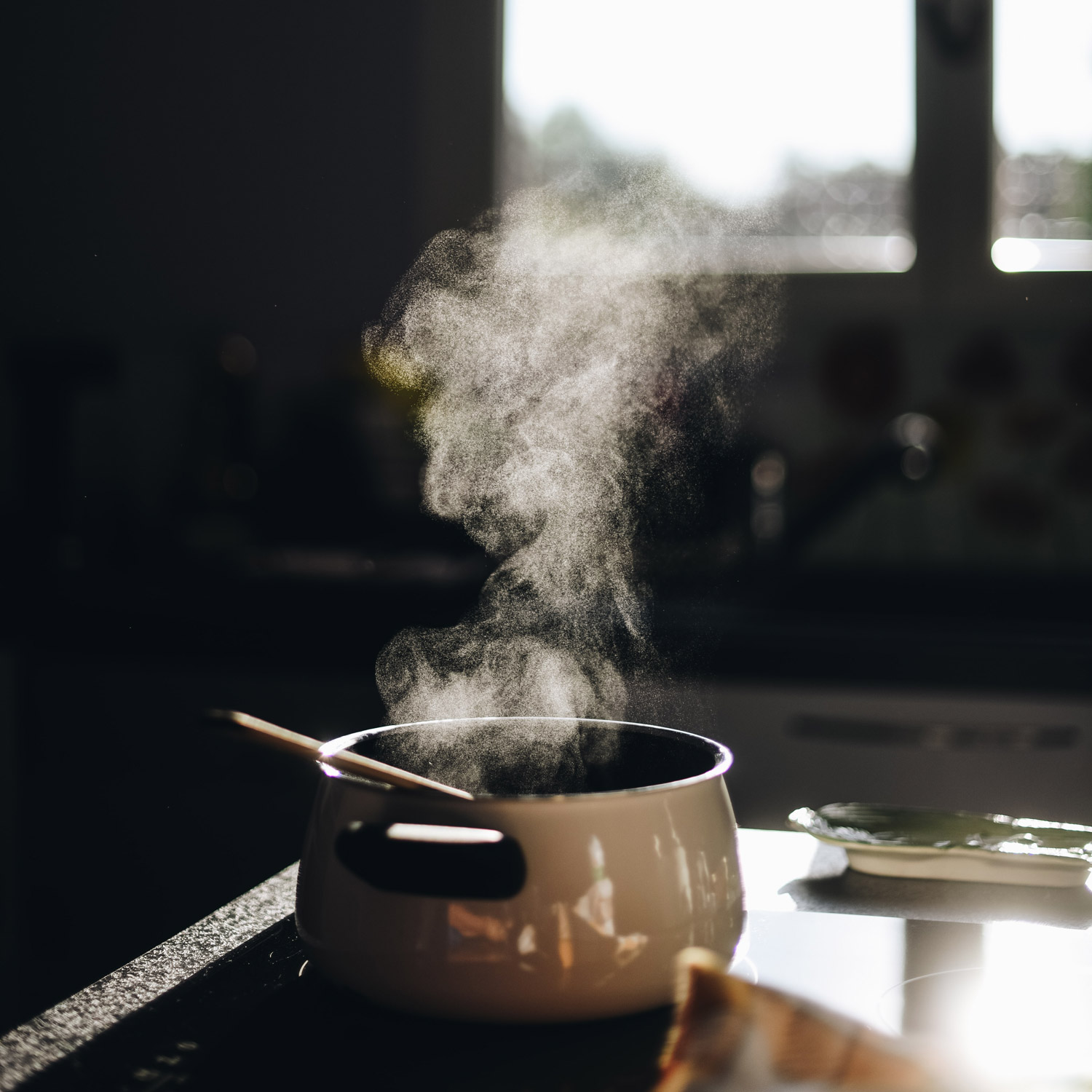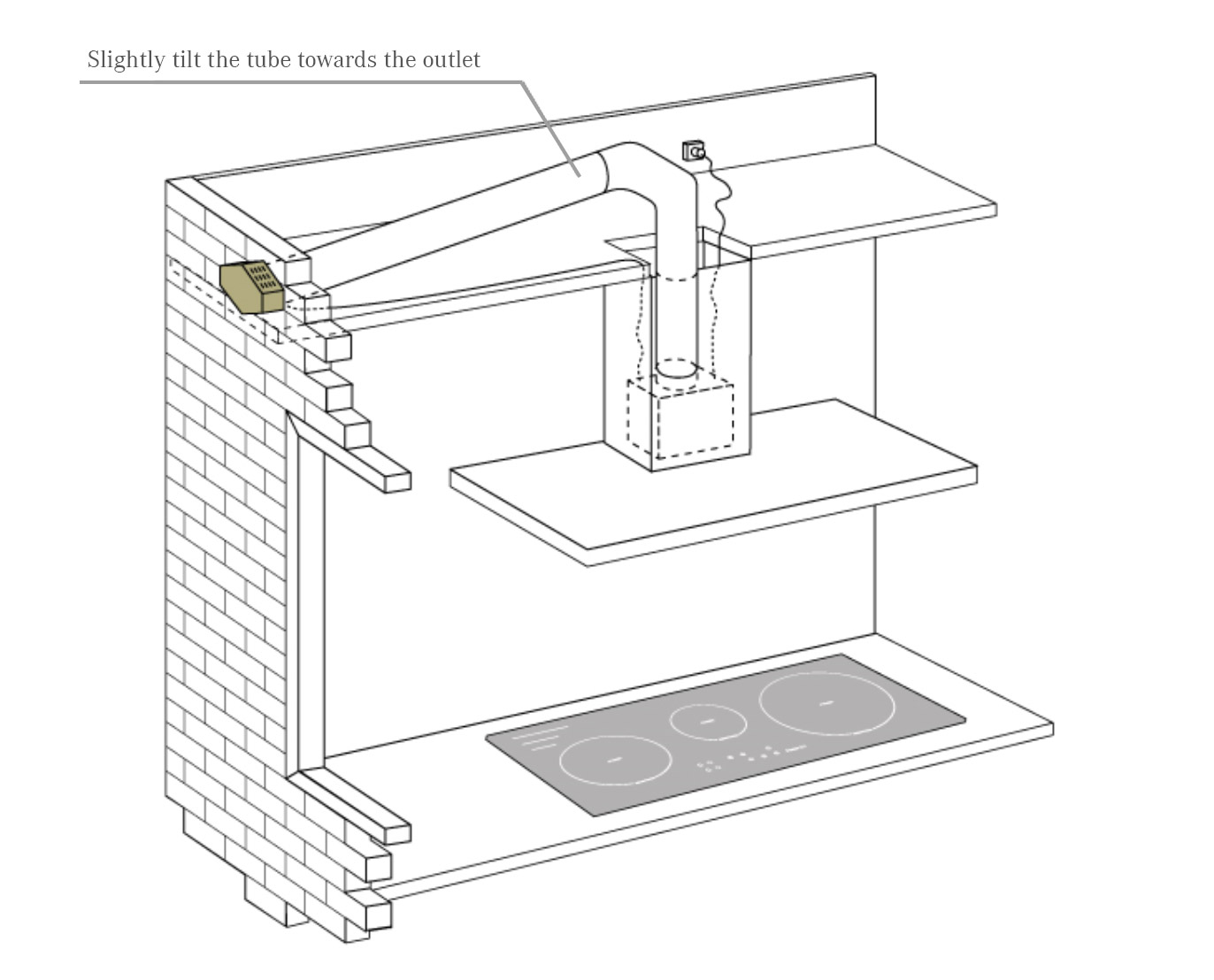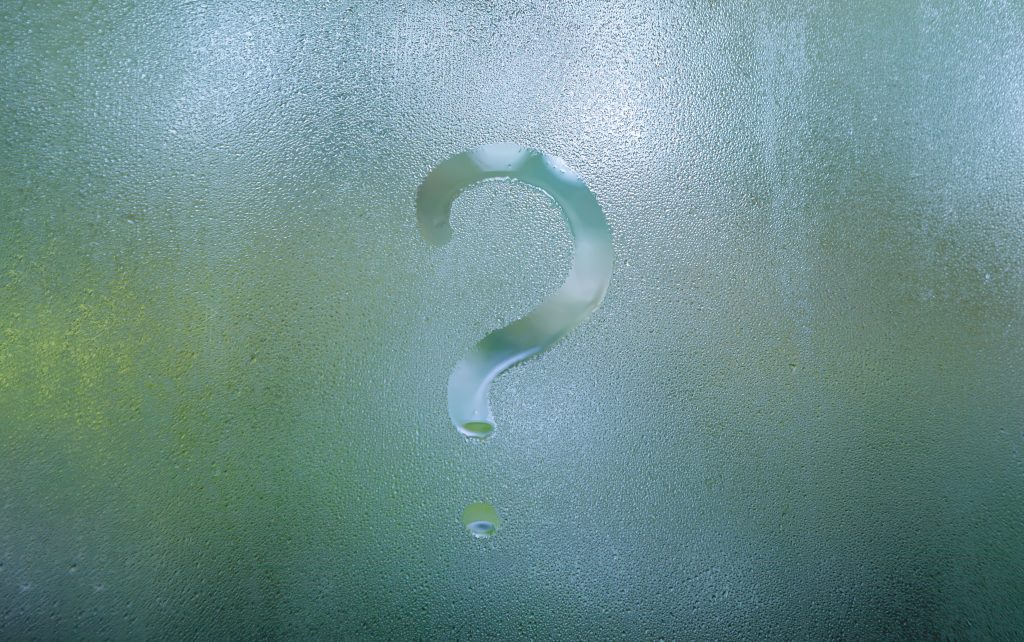Water dripping from a hood is a common problem for many people. Find out what is condensation and the main causes
Condensation is the change of the physical state of matter (vapor) from gas phase into liquid phase. This happens by abrupt change of temperature, when the steam makes contact with a cold surface.
Condensation in cooker hood
Condensation is, unfortunately, a physical phenomenon that does not depend at all on the suction capacity of the hood but rather on the difference in temperature between the hot cooking fumes and the cold surfaces of the hood. No matter how powerful the hood is, it can not expel all the condensation. A hood is prepared to drive fumes out, but it does not have the capacity to flush water to the outside.
If you have a condensation problem on your hood, such as a leakage on the bottom of the hood, it may be dueto several individual or connected reasons.
-
- The ambient temperature is cooler or lower than the cooking steam temperature. Unavoidable physical phenomena producing heat shock upon contact with the cold surface of the hood.
- The use of the cooking hob at maximum power without preheating the environment & hood surface. This effect is especially aggravated by induction plates which heat up very quickly and do not generate residual heat.
- Improper use or maintenance of the hood such as cleaning fat-filters or replacing carbon filters.
An installation of unfavorable smoke exhaust piping, with diameters smaller than those required by the motor, excessive duct length, reductions, elbows, etc.
- Certain hood designs such as inclined wall hoods and integrated hoods in the cabinet generate more condensation when installed closer to the cooking zone.

Tips to prevent condensation on the hood
- Switch on the hood 10 minutes before and after cooking; activate the delayed stop function to evacuate the smoke stored in the duct, favouring total evacuation.
- Do not cook at maximum power from the beginning. Start with a low or medium power, so that the hood gets tempered.
Keep the filters clean, cleaning them at least once every 10 days. In case of deterioration, replace them with new ones. - Have a continuous airflow in the room such as a ventilation grid, half-open window, so that we avoid any pressure vacuum diminishing the extraction flow.
- Dry out the steam that is generated while cooking, as well as after cooking.
- Follow the instructions provided for the hob on the effects of condensation. Use adequate power to control steam.
- Adjust hood speed to the amount of fume and steam that is being generated. Speed 1: When heating water.
- Speed 2 and 3 for normal, non-intensive cooking. Speed 4 (Booster) For aggressive cooking such as grilling or frying. Do not use the Booster for steam cooking under any circumstances.
The correct use of speed in the extraction hood will reduce condensation problems considerably. Note that the steam generated with the cooking will be collected together with the fumes produced. Water is a heavy liquid that is not easy to drive through the hood motor. Therefore, we recommend using a suction speed that allows the extraction of fumes plus a reasonable part of the steam.
Additional methods may be applied to eliminate the remaining steam not collected by the hood such as leaving as much ventilation as possible in the kitchen; ideally by opening a window, as we do when condensation happens in the bathroom after a hot shower.
Currently, most of the kitchens mount induction hobs, which, as we explained, generates a lot of steam in a very short time. In the old days, with cheap or gas stoves, lighting the fire beforehand and starting the hood allowed the temperature to rise inside the hood.

When assembling the hood and the flue pipe, it is advisable to tilt a little so that the liquid vapor remaining in the pipe slides out.
Discover more
Elimina el 98% de los olores, humos y sustancias contaminantes


Comentar